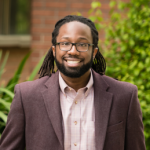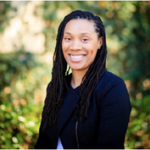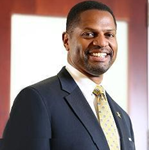Striving to remain a global leader in innovation, the United States continues prioritizing broadening participation in engineering and other STEM fields. For this reason, STEM outreach programs are increasingly popular and vital. However, few programs offer such outreach experiences at a large, national scale and intentionally situate those experiences in locations that enable access for African American youth. In this paper, we present a logic model that showcases the resources and components that can expand the reach of an effective program, outlining the programmatic components involved in executing the National Society of Black Engineers’ Summer Engineering Experience for Kids (SEEK) program, which has effectively scaled to cities across the United States. Using SEEK as an instrumental case, we highlight what goes into offering a large-scale community-based STEM outreach program, emphasizing aspects that are most important to reserve during expansion into underserved communities. Key findings illustrate that maximizing the potential of recruiting and engaging youth from underserved populations may hinge on the ability of established programs to scale up their initiatives while establishing appropriate assessment plans to measure effectiveness. Additionally, embracing the ideals of collective impact provides an opportunity for such programs to progress their initiatives by replicating program designs in more communities.
AUTHORS
|
|
|
|
|
|
|
|





